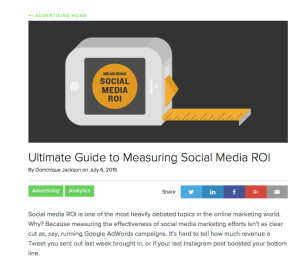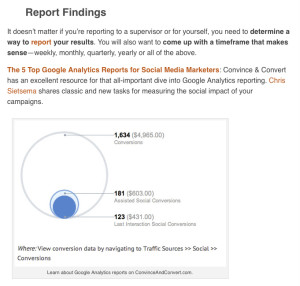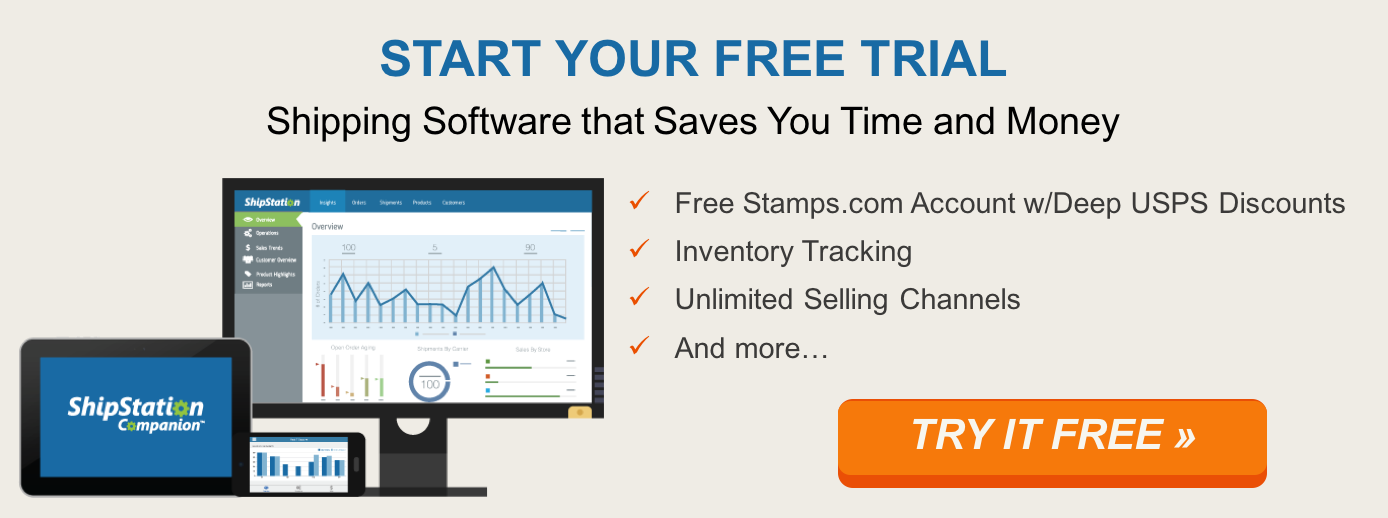6 Ways To Measure Your Company’s Social Media ROI
Whenever you launch a marketing or advertising campaign, you need to measure the social media ROI (return on investment). If you spent $1,000 on online advertising, for example, did those dollars create more traffic to your website, more sign-ups for your promotions or create a lift in your sales? If you didn’t get a good ROI, then you probably should shift those advertising dollars to other channels.
While there are well-established standards for determining ROI from traditional and digital media, such as the number of impressions or the clicks generated by online search engines, it can be more difficult to measure social media success and the results from your social media spending. Here is a step-by-step approach on how to measure social media ROI based on recommendations from sources like Social Media Examiner, Sprout Social, and LiveWorld.
- Set your goals. Think carefully about what you would like to accomplish with social media. Otherwise, you won’t be able to measure the success of your program. Do you want to acquire more Facebook fans, increase visits to your store, grow the size of a typical shopping cart (through cross-selling), boost sales on certain products or see an overall rise in revenue?

- Structure a program that’s linked to your goal. Social media offers an almost endless array of marketing and advertising possibilities using high-traffic sites like Facebook, Twitter, LinkedIn, Instagram and Pinterest. But you have to conduct a well-defined program designed to reach your target audience and motivate them to take the desired action. Fortunately, the leading social media sites have excellent analytic and reporting tools for tracking your results.
- Decide how much to invest. Next, you should prepare a realistic budget for your social media program that includes both your initial investment and ongoing costs. That might include preparing content (text, photos, and videos) for “free” placements, such as a blog on your Facebook business page or Twitter feed. If you are launching an ad campaign on a social media site, you would need to include those costs. Finally, you should keep track of the time you or a staffer will need to launch, manage and evaluate a social media program. Total up all these costs to get your investment – one of the necessary numbers to determine your ROI.
- Place a financial value on the desired actions. It’s important to know how to determine the financial value of a click, a “like,” a subscription request, a customer conversion, or engagements per user. Those numbers will vary from store to store, based on many factors, including the cost of your products, the size of a typical cart and the lifetime value of your customers. Let’s say your internal data shows a typical customer will spend a total of $1,000 at your store. Every new customer you can convert using social media will be valued at $1,000. If your social media program generated 1,000 clicks and you converted 5 percent of those clicks, you would have an extra $50,000 in sales or about $50 per click. Knowing these kinds of numbers is extremely helpful when making social media investment decisions since you want your costs to be lower than your returns.

- Track your program. There are a number of tools to monitor your social media program, including Google Analytics, which can provide you with a dashboard showing real-time activity. Social media ad platforms also give you detailed tools to see how your campaign investments are doing.
- Review the results. At some point, you may decide to bring your program to a close or measure the progress so far. To calculate the ROI, you first determine your return and then subtract your investment. If the return on social media program was $1,100 and your investment was $1,000, you would be $100 ahead. Then, take that $100 and divide it by $1,000 (your investment). That gives you an ROI of 10 percent, giving you a standard of comparison for your other advertising and marketing programs.
Finally, remember that social media can also deliver intangible benefits like more awareness of your store or a stronger brand in your market. So pay close attention and be sure to measure your social ROI, but remember it’s only part of the marketing story!






